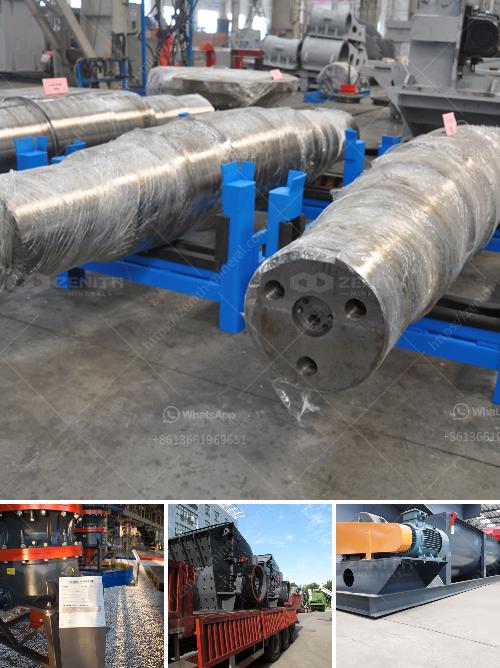In a 5 tons per hour (5tph) hard quartz rock gold mining process, the goal is to efficiently extract gold from the hard quartz rock. This typically involves several key stages:
Crushing: The hard quartz rock is initially broken down into smaller pieces via jaw crushers and cone crushers. This helps in exposing the gold particles within the rock.
Grinding: The crushed rock is then milled using ball mills or hammer mills. This process further reduces the rock to a fine powder, which enhances the subsequent extraction of gold.
Classification: The milled material is classified using screens or hydrocyclones to separate fine ore particles from larger ones, which may need further grinding.
Concentration: Gravity separation techniques, such as shaking tables, jigs, and centrifugal concentrators, are employed to concentrate the gold particles. Because gold is denser than the surrounding rock, these methods can effectively separate gold from waste material.
Flotation (if applicable): In cases where gold is bound to sulfide minerals, flotation techniques may be used to further concentrate the gold.
Cyanidation or Leaching: The concentrated product may undergo a cyanidation process where the ore is treated with a cyanide solution to dissolve the gold. Activated carbon or zinc precipitation techniques can then be used to recover the dissolved gold.
Refining: The final stage involves smelting the recovered gold to remove impurities and produce high-purity gold bars.
Throughout the process, water and tailings management are critical to minimize environmental impact and ensure sustainability. Continuous monitoring and optimization can also enhance the efficiency and yield of the gold mining process.
Remember that the choice of specific equipment and processes may vary depending on the specific characteristics of the hard quartz rock and the gold content.
